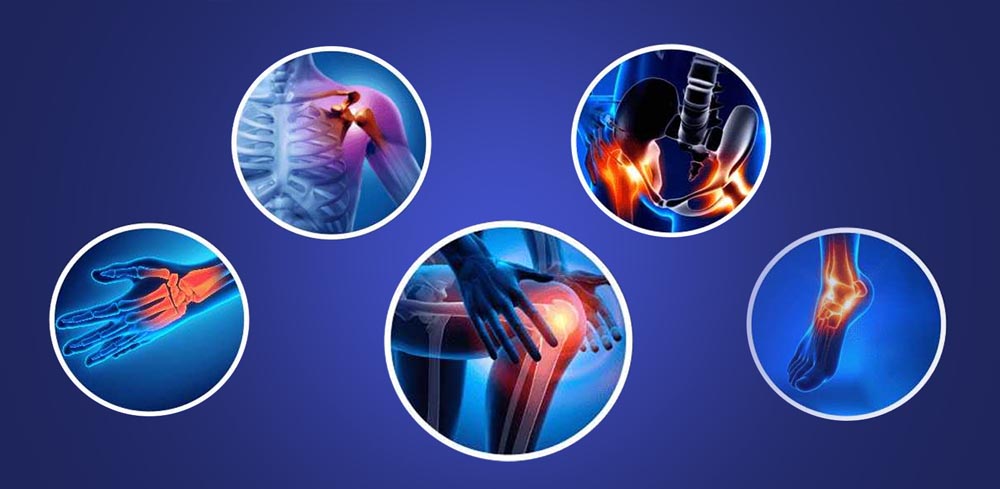Orthopedic surgery has witnessed remarkable advancements in recent years, offering patients improved outcomes, faster recoveries, and reduced post-operative discomfort. Dr. Ankur Kumar, a seasoned orthopedic surgeon, is here to shed light on the latest developments in the field. In this blog, we explore the cutting-edge advancements in orthopedic surgery, with a focus on minimally invasive techniques and joint replacements. Discover how these innovations are transforming the landscape of orthopedic care and benefiting patients worldwide.
The Evolution of Orthopedic Surgery A Historical Perspective Orthopedic surgery has a rich history dating back centuries. Initially, procedures were often invasive, involving significant tissue damage and prolonged recovery periods.
1. Traditional Surgery: Traditional open surgery often necessitated large incisions and significant disruption of surrounding tissues.
The Era of Minimally Invasive Surgery
1. Minimally Invasive Techniques: Advances in technology and surgical methods have given rise to minimally invasive surgery (MIS), which aims to achieve the same outcomes with
smaller incisions and reduced disruption to tissues.
2. Benefits: MIS offers numerous benefits, including shorter hospital stays, less pain, and quicker recoveries. Minimally Invasive Orthopedic Procedures Arthroscopy
1. Keyhole Surgery: Arthroscopy involves inserting a tiny camera and instruments through small incisions to diagnose and treat joint conditions.
2. Applications: This technique is widely used for knee, shoulder, hip, and wrist procedures. Robotic-Assisted Surgery
1. Precision and Accuracy: Robotic systems enhance a surgeon precision and accuracy during procedures, particularly joint replacements.
2. Customization: Personalized planning allows for custom-fit implants, leading to improved outcomes.
Joint Replacements
Innovations in Joint Replacement
1. Improved Materials: Advancements in materials, including wear-resistant plastics and highly durable metals, contribute to the longevity of joint replacements.
2. Custom Implants: 3D printing technology enables the creation of custom implants tailored to a patient anatomy.
Minimally Invasive Joint Replacement
1. Smaller Incisions: Minimally invasive joint replacements result in smaller incisions and less trauma to surrounding tissues.
2. Rapid Recovery: Patients often experience faster recovery times and less post-operative pain. The Patient-Centric Approach
Enhanced Recovery Protocols
1. Multidisciplinary Care: Comprehensive care teams, including surgeons, physical therapists, and pain management specialists, collaborate to optimize patient outcomes.
2. Patient Education: Empowering patients with knowledge about their condition and recovery process is a key component of modern orthopedic care.
Conclusion
Advancements in orthopedic surgery, including minimally invasive techniques and innovative joint replacements, have revolutionized patient care. These advancements not only improve outcomes
but also enhance the overall experience for individuals seeking orthopedic treatment. With the guidance of experts like Dr. Ankur Kumar, patients can benefit from the latest in orthopedic care,
leading to a brighter and more mobile future. Embrace the era of cutting-edge orthopedics and embark on your journey to improved joint health and well-being.



